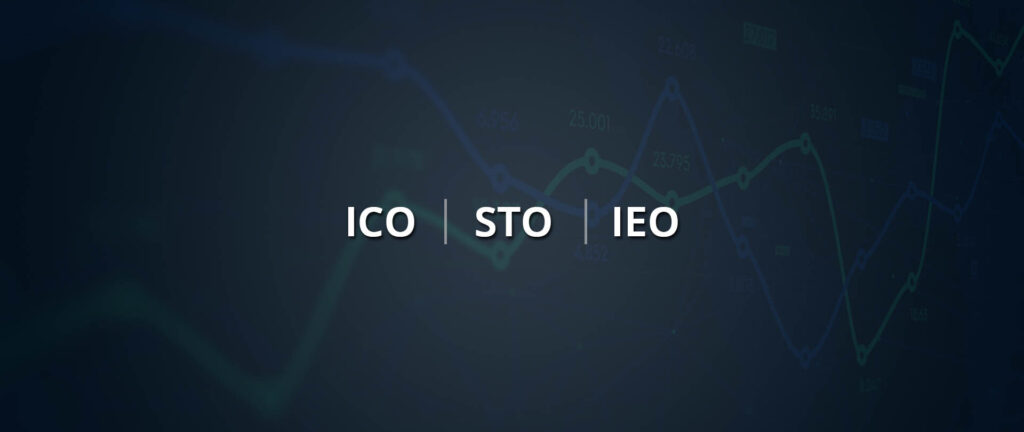So, you’re thinking about starting your own ICO? Well, let’s go one step at a time. You should have written up a white paper describing your goals, what you aim to achieve, how the project got to where it is now, and what the investors can expect from it. You could go through the post we have on how to get started with your ICO for more information. Additionally, you could also take a look at a post we published about choosing the right token for your ICO.
Now you have to decide on what token sales model you should adopt for your ICO. How would you go about that?
Before we go any further, here’s something to consider. The space of cryptocurrencies is constantly changing and evolving. It was only a few years ago that sales models were limited to just capped and uncapped. Capped sales could facilitate quick sell-out because of the fixed valuation it promises whereas, uncapped sales would let you sell as many tokens as people were ready to buy. While these are far from perfect, there are new techniques that have evolved from it that can leverage the advantages of both.
Let’s take a look at how you can get the most out of your token sales.
Price Schedule: Dutch Auction
With this technique, you have the option of scheduling how the price of your token will change during your token sale; you could start high and end low. This way investors can choose to wait till they feel the valuation is fairer and you can keep dropping the prices until those holding back buy in. Investors get more information from observing the trading. They would get an idea of how much money the sale will raise and have an incentive to buy in when the price goes down.
Gnosis used the Dutch auction model but with a twist. They placed an upper limit on the total money raised and not on the total coins sold. The share of tokens that would be offered to investors would rely on how long the sale went on. The investors could decide on the highest valuation at which they would want to buy the tokens and wait till the valuation drops to that level and initiate the buy-in. But interestingly enough, that’s not what happened. Instead of waiting to make an informed decision, investors for fear of missing out just went ahead and bought the tokens without considering the valuation.
Price Schedule: Start Low and Go High
You could also start low and go high towards the end. That’s the best option in the case of an uncapped sale when the investors can’t be sure of the number and valuation of the tokens until the end of the sale. In such cases, the best strategy is to wait until the end before making a purchase. This way investors can observe the sales and determine the network valuation and participate when they feel the price is fair. The trouble with this model is if everyone waits until the end, then you run the risk of not selling many tokens.
The Ethereum ICO illustrates this best. From the start, there was a lot of interest in the tokens and a large number of investors bought in before the price was set to start going up. It wasn’t entirely successful in limiting the flow of investors into an uncapped token sale towards the end. Instead, it managed to shift the timing a bit. Investors managed to buy in towards the end of the discount period.
Proportional Refund
Capped and uncapped sales aren’t perfect. Capped sales get people to buy in as soon as the sales start. To give everyone a chance to buy, you could run an uncapped sale but then there’s the problem of not having a clear valuation of the network and as a result, investors won’t have any information about the implied value of the token. So, what if we could leverage the benefits from both types of token sales? That’s where proportional refunds come in.
Here, details about the total number of tokens and the total amount of money being raised are released at the beginning itself. The catch is that the total money raised is allowed to exceed this cap. The sale goes on for as long as investors keep committing to like an uncapped sale. In the end, tokens are distributed in proportion to the money invested by each participant, and anything excess is refunded.
Proportional refunds allow everyone a chance to participate even if they don’t know how many tokens they’ll get in the end. But if big players step in, then everyone getting a chance is doubtful. This technique isn’t perfect but with some modification, it could still work. For instance, you could cap the fraction of token for an investor; that could level the playing field for all.
Ask yourself this – Are you looking to raise a lot of money? Do you want a fair distribution of coins among your investors? Do you want both? Your token sales model would depend on what you expect from your ICO. Give it some serious thought and contact us if you would like some advice.


